When it comes to harnessing the power of the sun, solar panels are at the forefront of renewable energy technology. Understanding the efficiency of solar panels is crucial for anyone considering investing in solar energy for their home or business. In this guide, we’ll delve into the key factors that determine solar panel efficiency and how you can calculate it.
Factors Affecting Solar Panel Efficiency:
1. Material Quality:
The type of material used in solar panels plays a significant role in their efficiency. High-quality materials, such as monocrystalline silicon, tend to have higher conversion rates of sunlight into electricity.
2. Cell Temperature:
Solar panels operate best at cooler temperatures. As temperatures rise, the efficiency of the panels can decrease. Understanding how temperature affects efficiency is important for maximizing solar panel output.
3. Sunlight Intensity:
The amount of sunlight hitting the solar panels directly impacts their efficiency. Factors such as geographic location and time of year can affect the intensity of sunlight and, consequently, the efficiency of solar panels.
Calculating Solar Panel Efficiency:
1. Efficiency Formula:
The efficiency of a solar panel is calculated by dividing the power output by the total solar energy input. The formula is:

2. Determining Power Output:
To calculate the power output, you’ll need to know the wattage of the solar panel and the amount of sunlight it receives over a specific period.
3. Estimating Solar Energy Input:
The solar energy input depends on factors such as the area of the solar panel and the intensity of sunlight. This can be estimated using data on solar irradiance for your location.
Example Calculation:
Let’s say you have a 250-watt solar panel that receives an average of 5 hours of sunlight per day. Using the formula, we can calculate its efficiency:

How Solar Panel Efficiency Differ from Material to material?
1. Silicon: The Industry Standard
- Silicon is the most widely used material in solar panels due to its durability.
- It boasts an impressive energy conversion efficiency of up to 22%.
Silicon Nitride Coating for Enhanced Durability
- Manufacturers often coat silicon solar cells with silicon nitride for added resilience.
2. Gallium Arsenide: The Rising Star
- Gallium arsenide is gaining popularity for its exceptional efficiency.
- This compound, a mix of gallium and arsenic, serves as a superior semiconductor.
What factors influence the efficiency of solar panels?
Before delving into the factors influencing efficiency, it’s important to understand two key terms: total panel efficiency and photovoltaic cell efficiency.
Photovoltaic cell efficiency is shaped by the cell’s design, the materials used, its layout, configuration, and the size of the panel.
Total panel efficiency is calculated by dividing the maximum power rating at Standard Test Conditions (STC) by the total panel area in square meters.
When it comes to the primary determinants of solar cell efficiency, several key factors come into play:
- Inclination/Tilt
- Panel Orientation
- Geographic Latitude
- Local Climate
- Solar Panel Materials
- Panel Size
- Cleanliness of the Panels
How to Calculate Solar Cell Efficiency?
Solar cell efficiency is typically provided by the manufacturer under Standard Test Conditions (STC). However, this value may not be practical if your setup does not operate under these conditions.
The formula for calculating solar cell efficiency is as follows:
Efficiency = (Power output of the solar panel) / (Area of the solar panel) x (Solar radiance) x 100
The solar cell’s surface area can usually be found on the back of the panel. To calculate the surface area, simply multiply the length by the width of the solar panel.
Types of solar panels and their efficiencies
There are three primary types of solar panels, i.e. monocrystalline, polycrystalline, and thin-film.
Monocrystalline is the most efficient solar panel and is used widely in residential and commercial applications for its efficiency.
- Crafted from silicon, boasting an efficiency range of 15 to 22 percent.
- Occupies significantly less space compared to polycrystalline or thin-film solar panels.
- Known for their enduring durability, monocrystalline solar panels can last over 20 years due to their silicon composition.
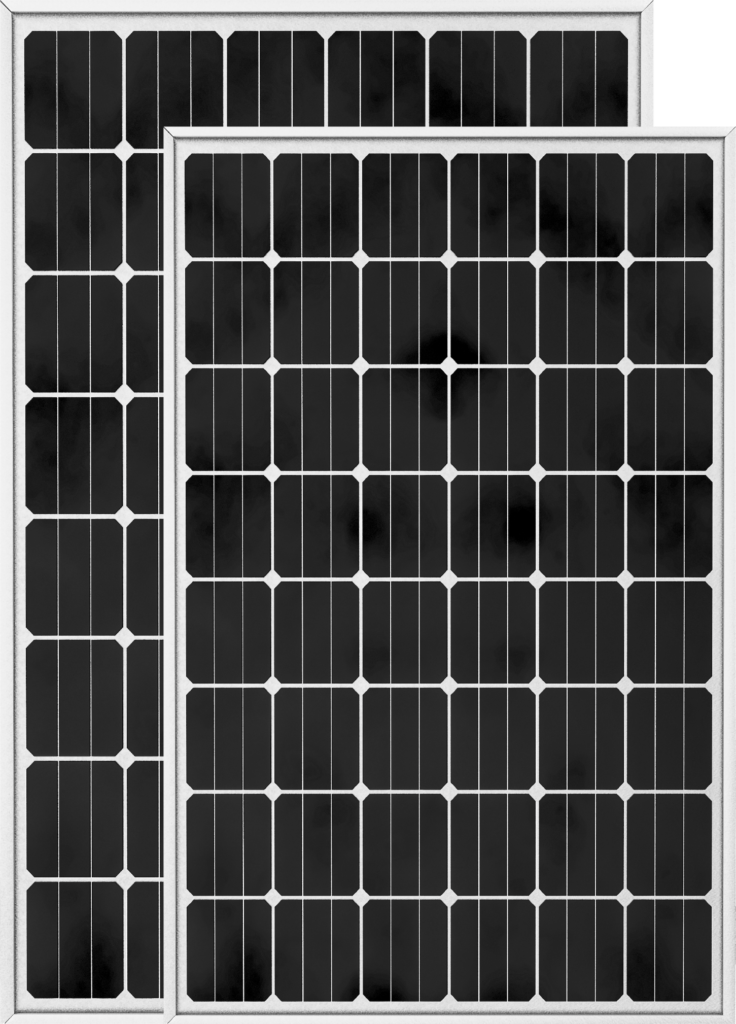
Polycrystalline solar panels are made by melting silicon crystals and clubbing them together.
- It is an excellent choice for small as well as large-scale applications.
- It is made in between the power range of 5W to 250W.
- Its efficiency rate is between 13% to 16%.
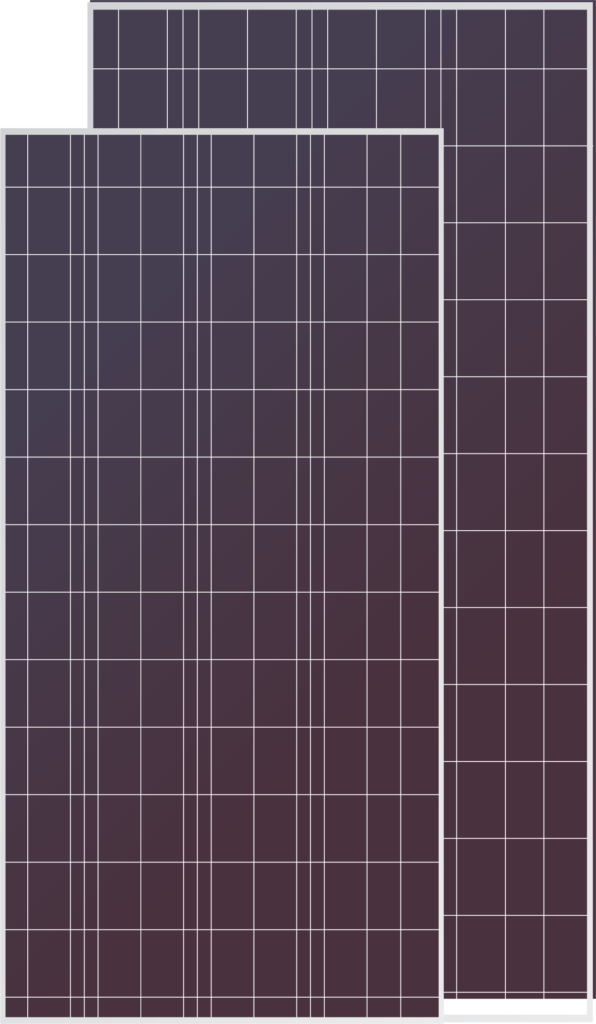
In Conclusion:
Embracing solar energy offers a fantastic opportunity to lower electricity bills and minimize your carbon footprint. Consider investing in a solar panel with a minimum efficiency of 15-16%.
Owning a solar panel is a cost-effective choice. Many solar panels are engineered for longevity and demand minimal maintenance over their lifespan.

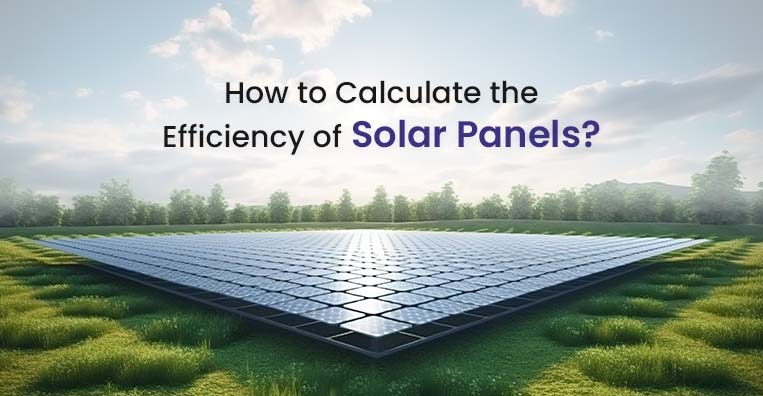
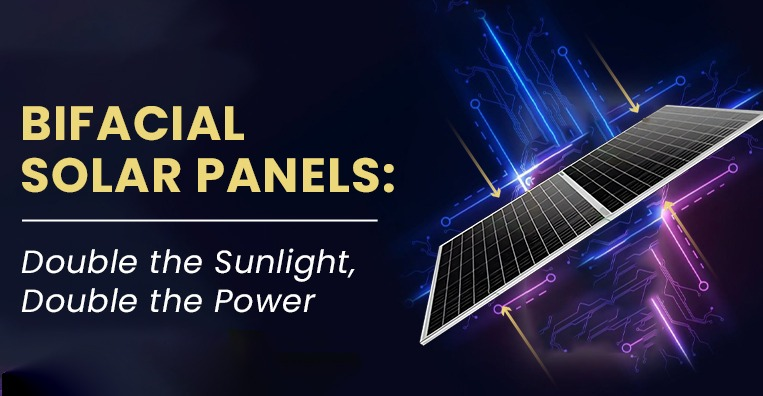







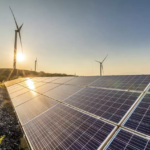
Recent Comments